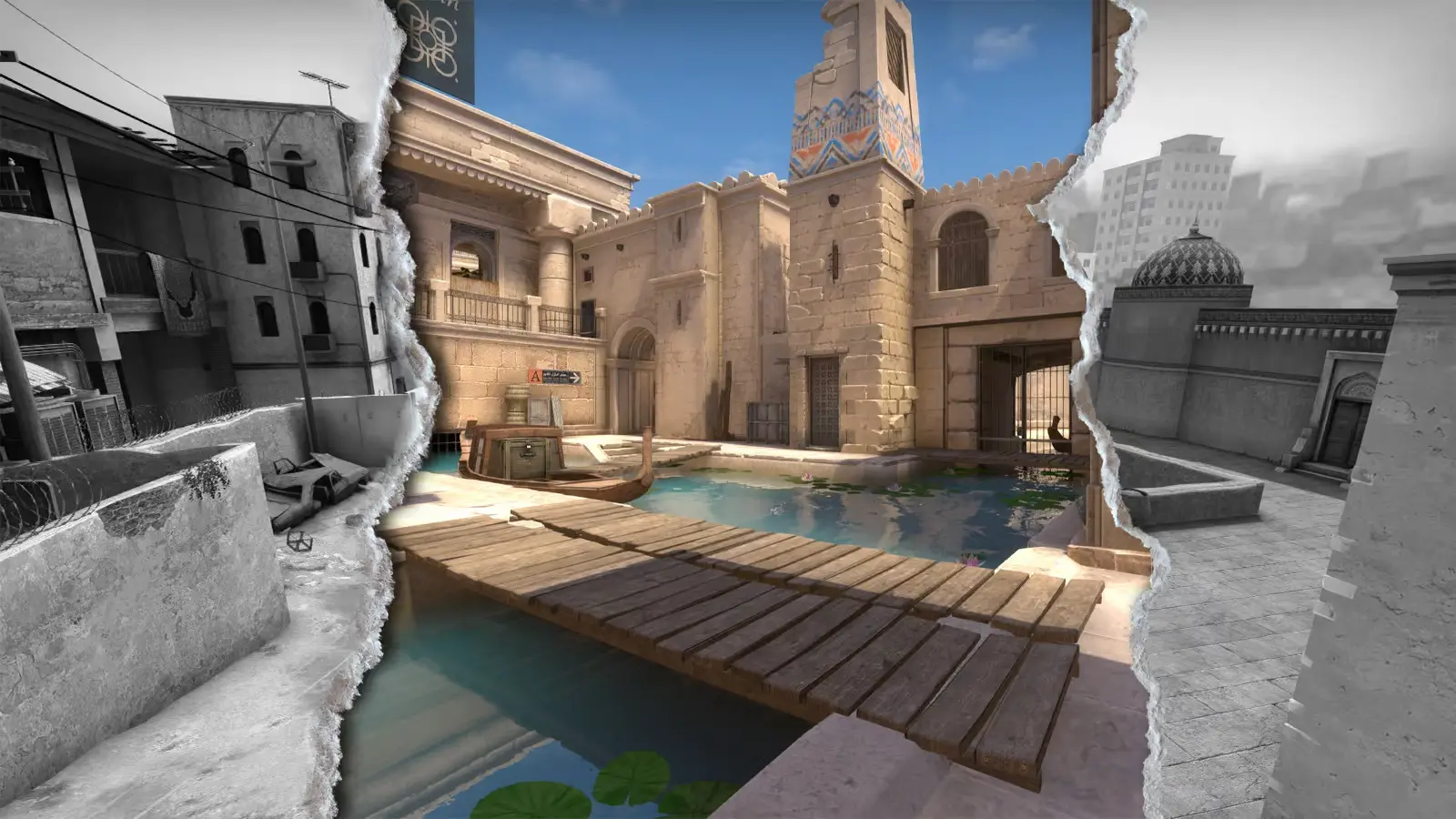Daily Wonders and Discoveries
Explore the latest news and intriguing insights from around the world.
Conquering Cobblestone: Secrets from the Shadows
Unlock the hidden gems of cobblestone streets! Discover secret tips and captivating stories that will transform your urban adventures.
Unveiling the Mysteries of Cobblestone: What Lies Beneath the Surface?
The allure of cobblestone streets is undeniable, drawing visitors to explore their rustic charm and historical significance. However, beneath this picturesque surface lie layers of history that tell tales of the past. Cobblestone pathways have been used for centuries, originating in ancient Rome and evolving through the Middle Ages. The materials often consisted of rounded stones, which were carefully placed to create durable walkways. This construction not only provided stability but also drained water effectively, preventing flooding in urban areas. As we delve deeper into the world of cobblestone, we discover how these streets have shaped the architecture and culture of cities worldwide.
Today, many modern cities are embracing the preservation of cobblestone areas as a way to maintain their historic identity. By renovating and restoring these roads, urban planners acknowledge the significance of their heritage. However, the process of unearthing and maintaining cobblestone requires meticulous care and expertise. What lies beneath these ancient stones is not just history but also the potential for eco-friendly transportation solutions. As awareness grows about the benefits of preserving such surfaces, cities are integrating cobblestone into their modern landscapes, offering a bridge between the past and the future.

Counter-Strike is a highly competitive first-person shooter game that has captivated millions of players worldwide. The excitement of CS2 Gunfights lies in the tactical gameplay and strategic team dynamics, making each match a unique experience. With a focus on precise shooting and teamwork, players often find themselves engaged in intense battles that test their skills and coordination.
Mastering the Art of Cobblestone Navigation: Tips and Tricks for Adventurers
Mastering the Art of Cobblestone Navigation is an essential skill for adventurers who wish to explore historic streets and ancient pathways. Whether you’re wandering through a quaint European village or traversing the cobblestone alleyways of a bustling city, having the right techniques can enhance your journey. Here are some practical tips:
- Feet First: Always assess your footing before taking a step. Look for uneven stones and gaps where your foot could easily slip.
- Footwear Matters: Invest in a sturdy pair of shoes with good grip to navigate these rough terrains confidently.
- Take it Slow: Rushing can lead to accidents; instead, take your time to enjoy the scenery while walking.
Additionally, advanced techniques can make your cobblestone navigation even more pleasurable. When climbing or descending steep cobblestone paths, maintaining balance is key. Use the railing if available, and keep your body centered over your feet. It's also wise to watch for weather changes—cobblestones can become slick in the rain, making it crucial to adapt your walking style accordingly. Remember, with every step, you’re not just traversing the ground; you’re experiencing the rich history these ancient stones have to offer.
Exploring the Legends of Cobblestone Streets: Historical Insights and Urban Myths
The allure of cobblestone streets extends beyond their picturesque charm; they are steeped in history and rich with stories. Dating back to the Middle Ages, these streets were not just functional pathways but also served as a testament to the craftsmanship of bygone eras. Cities like Amsterdam and York showcase stunning examples where each cobblestone bears the weight of history, embodying tales of trade, travel, and tumultuous times. As these streets whisper the secrets of the past, they remain integral to understanding the urban landscapes of today. Exploring these historical insights allows us to appreciate the significance of architectural choices in shaping our environments.
However, the legends surrounding cobblestone streets often transcend the realm of history, blending with urban myths that capture the imagination. For instance, many cobbled paths are said to be haunted by the spirits of those who once walked them. Local lore speaks of ghostly apparitions appearing at twilight, as former inhabitants of the towns try to share their stories with the living. Additionally, some streets are rumored to have hidden treasures buried beneath the stones, relics of long-lost treasures waiting to be discovered. These tales not only enhance the mystique of these streets but also invite both locals and tourists to explore the intriguing intersections of fact and fiction that define our cities.